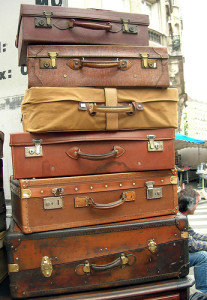
7 Things to Know Before You Go
- There is always some risk with traveling outside of the U.S., as re-entry is at the discretion of the port of entry agent. APIA recommends that au pairs and host families discuss the risks and decide whether they are comfortable.
- Please review the appropriate checklist(s) from APIA, as you make your travel plans.
- All Au Pairs must email their scanned DS-2019 along with a Travel Validation Request Form to APIA, at least 1-2 weeks prior to international travel. Note: The travel validation ensures that you are in good standing with the program, it is not formal permission to travel.
- Year 1 Au Pairs must have a valid visa to travel internationally and plan to return to the U.S. at least 2 weeks prior to the date their visa (inside their passport) says it expires. This can be different from the actual program end date.
- Year 2 Au Pairs may visit Canada, Mexico, and the adjacent islands due to the Automatic Revalidation Policy. No other international travel is allowed in Year 2.
- Travel Validation is good for the remainder of your current program year. If you have your Year 1 DS-2019 form validated for travel for one trip, you may use that same travel validation to take additional trips outside of the U.S. before Year 1 ends. Be sure to check the expiration date printed on your visa inside your passport, and return before that date.
- All Au Pairs must independently research whether they will need an additional visitor’s visa for their destination. This will depend on their nationality and travel destination.
Photo: Porapak Apichodilok from Pexels


 Vacation
Vacation